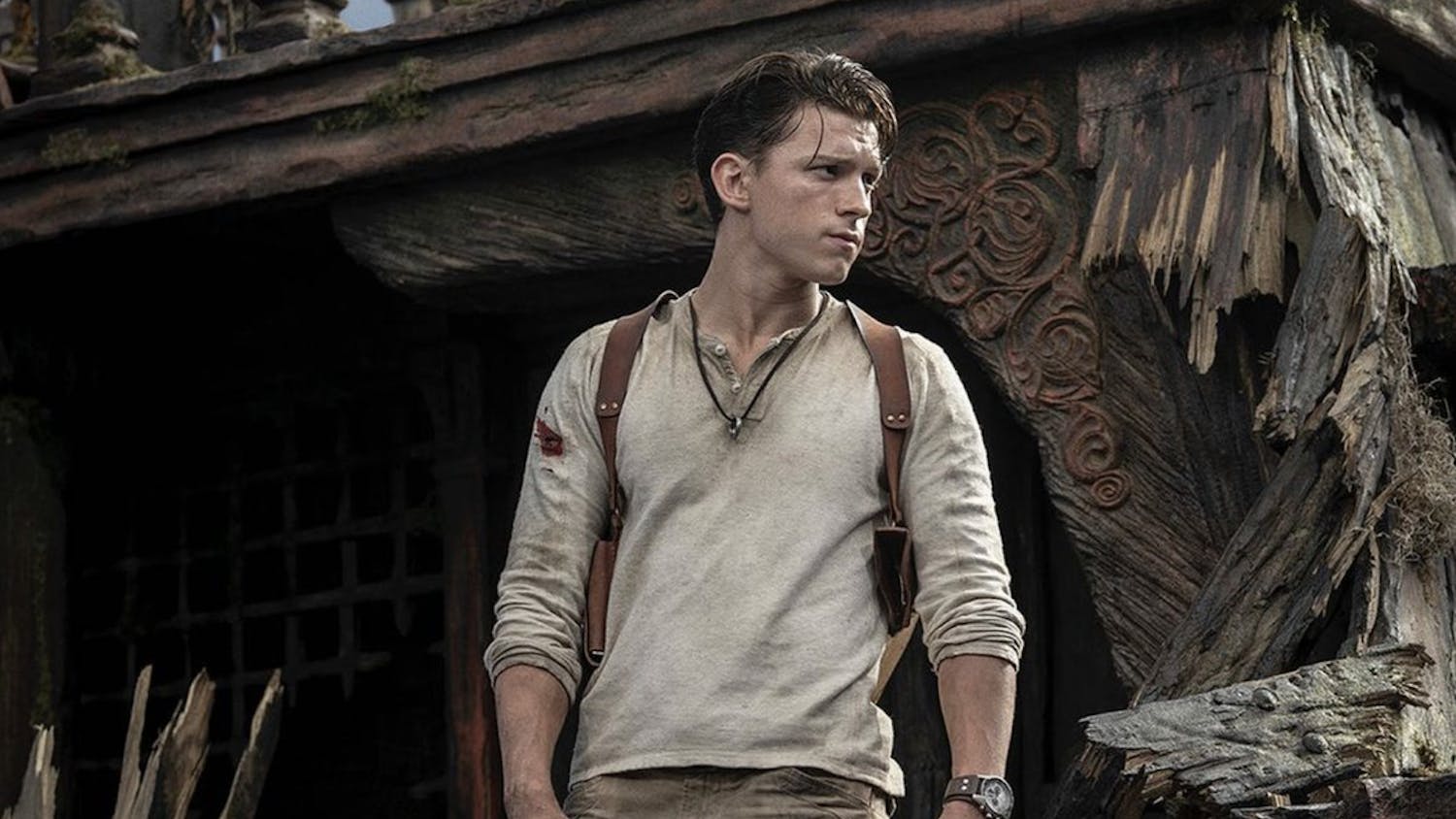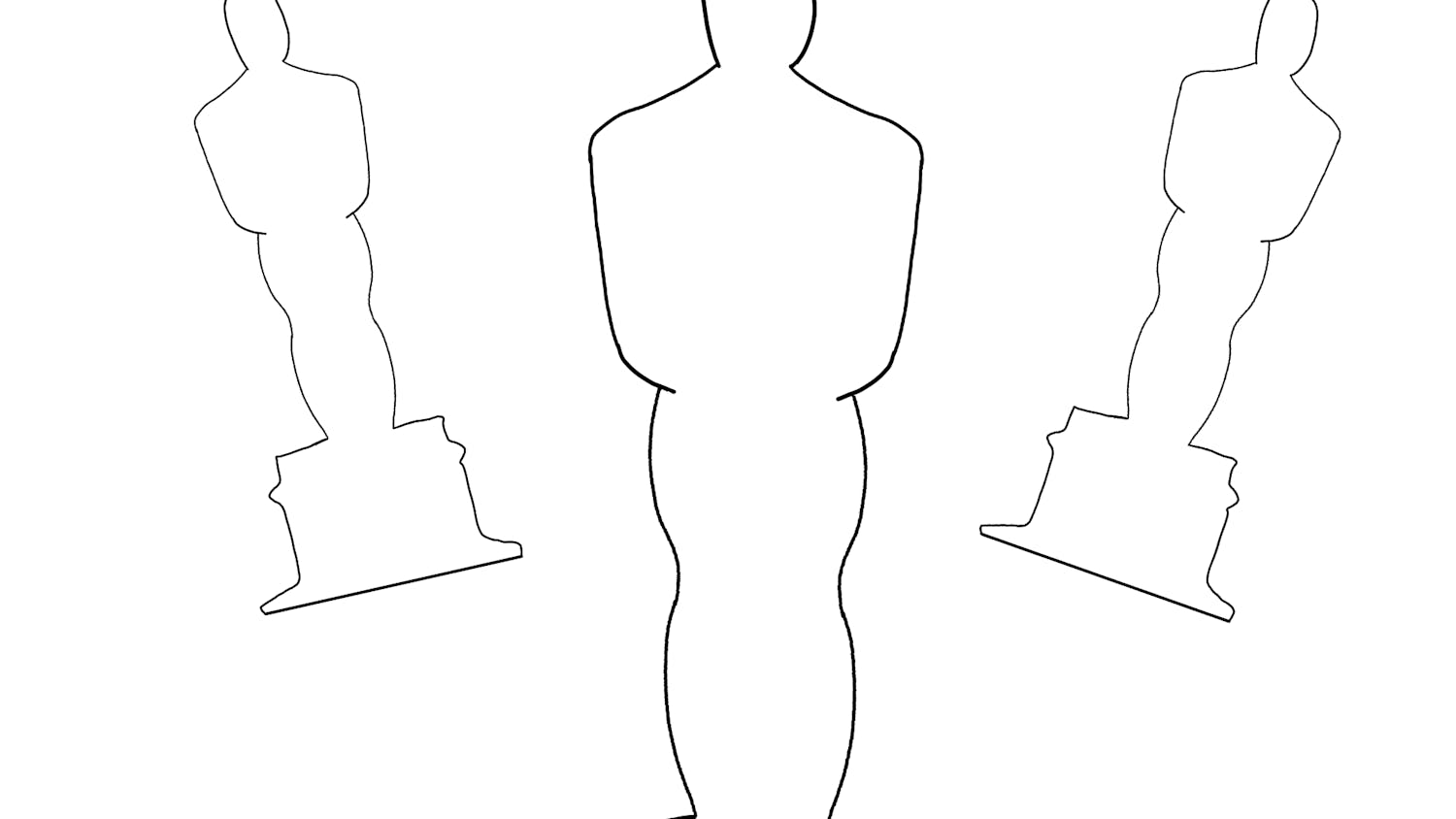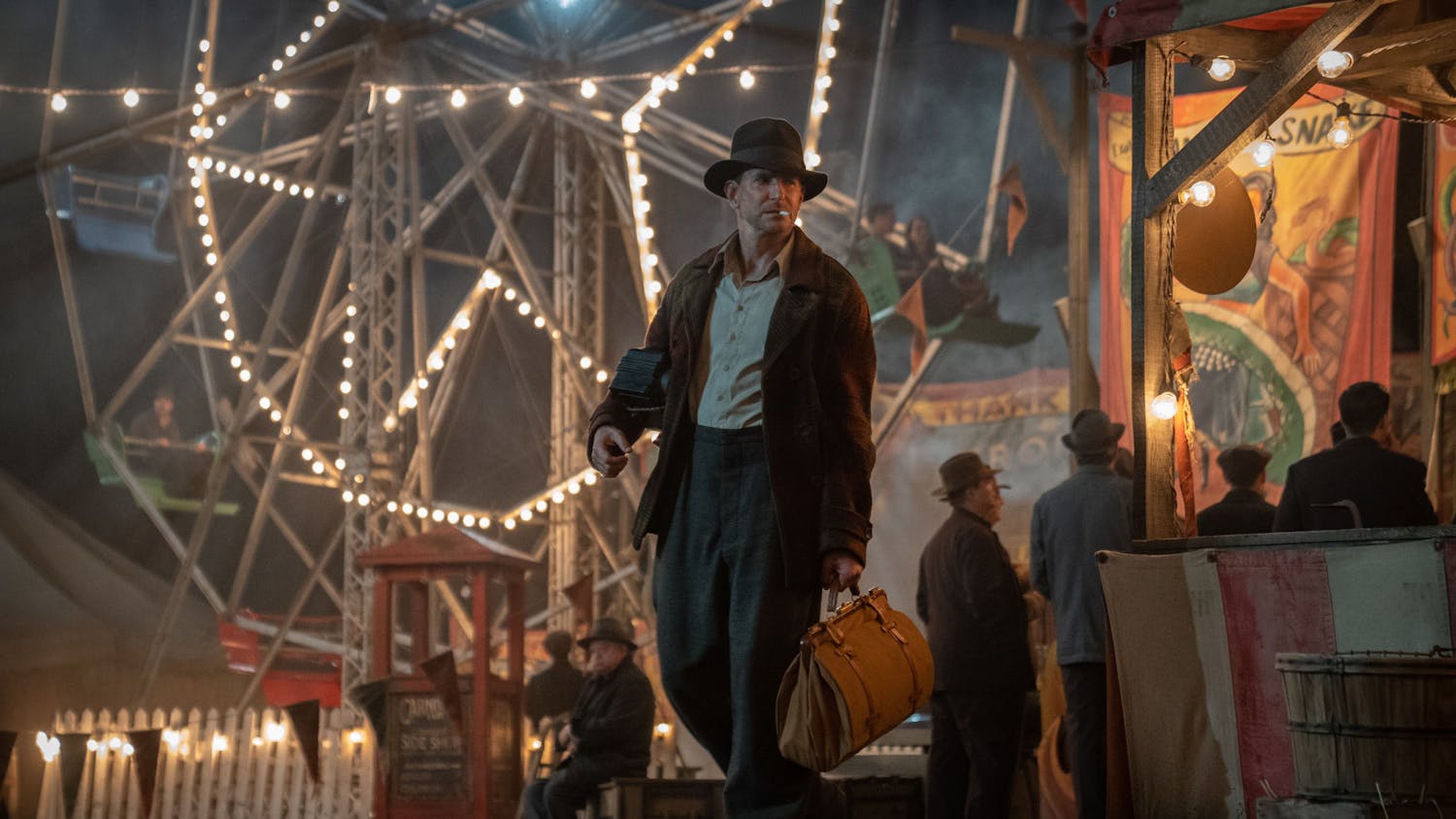“Witness” — the Feb. 25 installment of the Hirschfield International Film Series — presents an imaginative three-act theatrical interpretation of Jewish immigration throughout history. “Witness” is produced by the Arlekin theater company's new virtual theater program Zero Gravity (zero-G). Through the lab, “Witness” premiered on Zoom to a live audience that voted on their favorite musical numbers and performers throughout the performance. Interestingly, the cast, many of whom are Russian-Jewish immigrants themselves, performed the project in front of green screens. The project’s implementation of modern technological elements gives the topics at hand a timeless aura and communicates a necessary awareness of the global marginalization of the Jewish community.
The unconventional project takes place aboard the S.S. St. Louis, a ship of 900 Jewish immigrants en route to Cuba shortly after Kristallnacht, or “Night of Broken Glass,” when the Nazi Party destroyed hundreds of local Jewish busineses, schools and synagogues in Germany in early November of 1938. The night resulted in more than 90 deaths. In the performance, the immigrants aboard the S.S. St. Louis are fleeing the violent environment of post-Kristallnacht Germany. However, upon the ship’s arrival to the U.S., the immigrants are turned away despite possessing proper documentation to enter the country. When the ship is rerouted to Florida, the immigrants are once again denied entry. While not portrayed in “Witness,” the real-life S.S. St. Louis returned to Europe because of immigraiton quotas. Tragically, 254 of these returning passengers died in the Holocaust.
“Witness” handles these heavy topics with nuance. The performance begins with a talent show titled “Jews on the Move” hosted by a nightclub emcee who serves as a narrator throughout the entire production. Each passenger draws a number to determine when they will perform in the line up — importantly, all of these numbers are above 27,000, which was the 1938 US immigration quota. From the outset, “Witness” draws upon wittiness and subtle nods to historical policy to communicate the tragic fate of the passengers. After the talent show, the live Zoom audience could interactively vote on their favorite acts performed by various immigrant performers. This element of virtual reality provides the audience with a surreal and innovative mode of engagement, but risks deferring to a gimmicky attempt at cultural relevance. Take, for example, the case of one performance, which features a woman tasked with destroying books (a reference to 1930s Nazi book burnings). While creative and unconventional, the interactive “video game” element of voting upon these performances feels incompatible alongside the sensitivity of the topics in the film.
The second act of the play has no visual elements; it is made up entirely of a seemingly 3D soundscape of recorded journal entries, immigrant interviews and sounds of conversation and crying infants aboard the ship. These sounds were derived from an extensive collection of records and archived materials. This section is both powerful and overwhelming, immersing the audience in the chaos and cultural diversity of the ship. During this act, the emcee also reveals that the audience is aboard the ship with Jews from multiple immigration waves, furthering the St. Louis as a symbol of a timeless experience of marginalization for Jewish immigrants.
The third and final act hones in on individuals aboard the ship. One conversation in particular is between three American Jews living in modern times, in which we hear them discussing contemporary American anti-semitism and briefly touching on the Isreal-Palestine conflict. A valuable addition to the film (one that would further bridge the gap between the pre-Holocaust passengers and 2022 audience) would be to more fully flesh out the sentiments of modern passengers aboard the St. Louis regarding their relationship to these current events. Israel's independence was established in 1948 when the United Nations approved for the creation of a Jewish homeland upon Palestinian land following the atrocities of the Holocaust. As a performance piece so focused on issues of migration, displacement, and homelessness, the current Israel-Palestine conflict deserves much more than a passing mention within “Witness,” as the conflict is incredibly relevant to the complex issues of identity, oppression and citizenship the project is so clearly focused around.
Overall, the digital tapestry presented by the performance is unfamiliar and borders on unsettling, creating a feeling of tension in the viewer, as well as an inability to conceptualize the multiple temporal settings presented. The interactive elements of the film were meant to create less distance between the audience and the historical realities explored by the film, but arguably had the opposite effect. The digital elements present seemed more of an artistic choice meant to impress the audience rather than communicate an important message of historical relevance and human connection. While the message conveyed is certainly that Jewish identity has historically and politically existed in a gray area, in its pursuit of modernism, it sacrifices necessary sensitivity in favor of artistic innovation.




